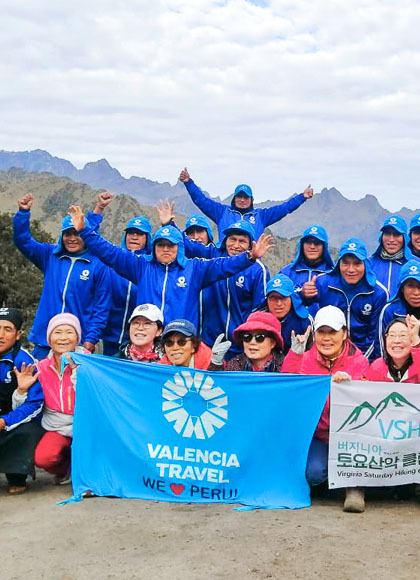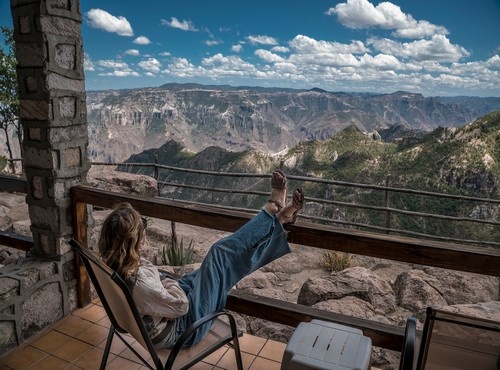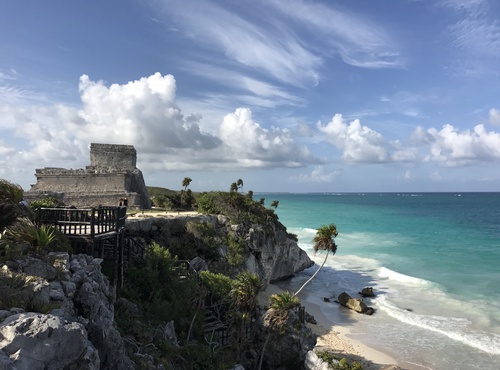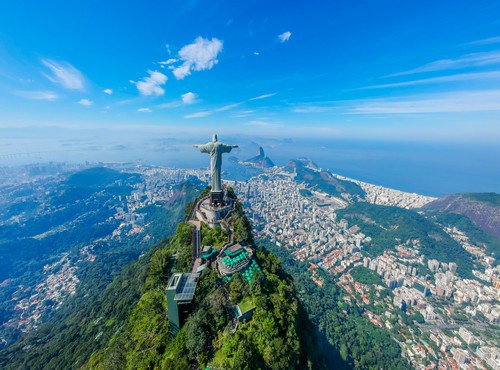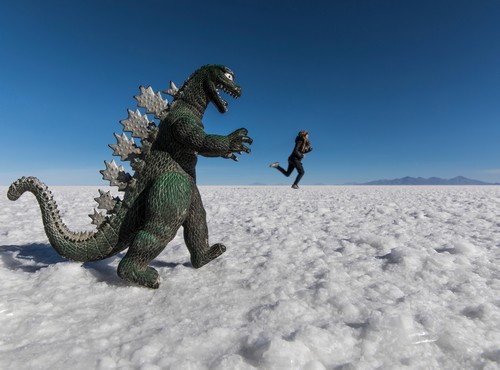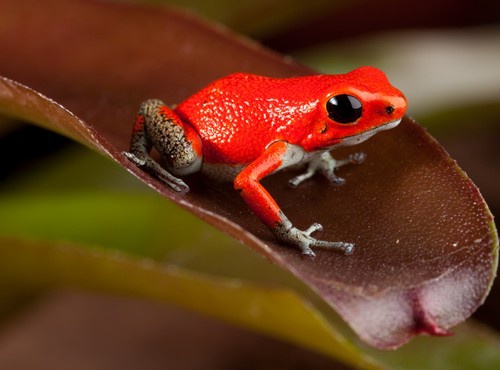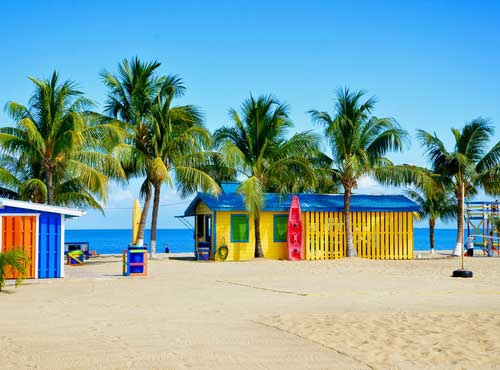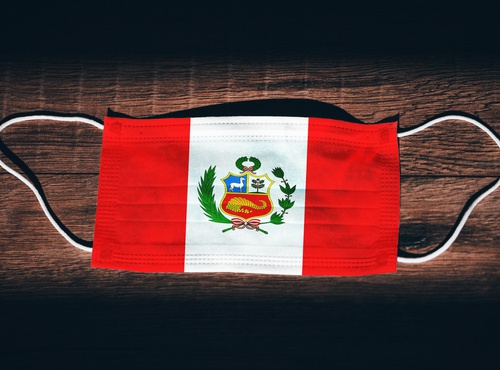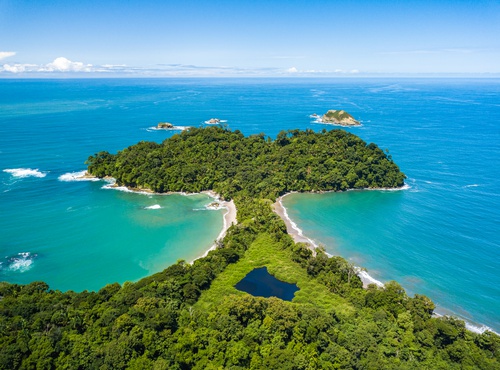
Written by:undefined undefined
Published: 07-07-2023
Welcome to our comprehensive Frequently Asked Questions (FAQs) guide about Peru! Whether you're planning a visit to this captivating country or simply curious about its culture, history, and natural wonders, you've come to the right place. Peru, situated on the western coast of South America, is a land of ancient civilizations, breathtaking landscapes, and vibrant traditions. In this guide, we will address common questions that travelers and enthusiasts often have, providing you with valuable insights and essential information to help you navigate your way through Peru's enchanting landscapes. From Machu Picchu's awe-inspiring ruins to the bustling streets of Lima, we'll delve into the country's rich heritage, gastronomy, outdoor adventures, and much more. Here are our FAQs about Peru.
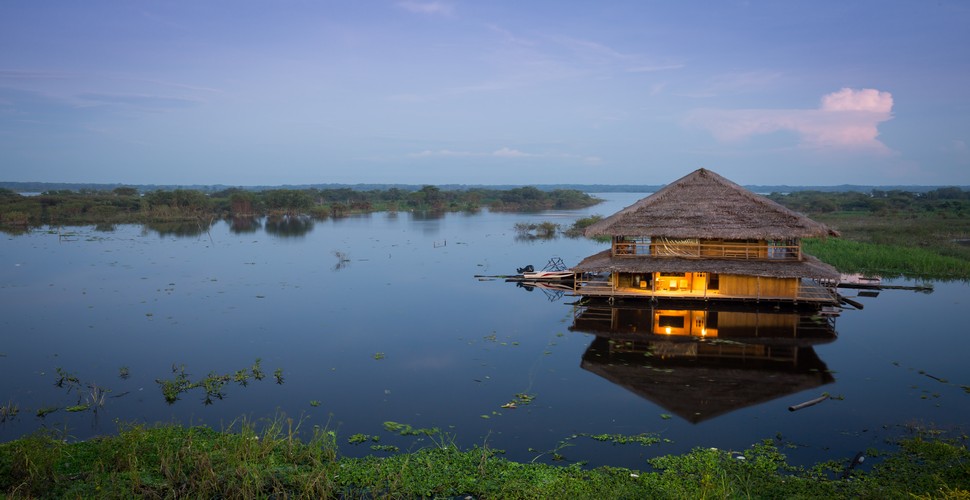
Peruvian Amazon
What are the must-visit tourist attractions in Peru?
Some must-visit attractions in Peru include Machu Picchu, the Sacred Valley, Lake Titicaca, the Nazca Lines, the Amazon rainforest, Cusco, Arequipa, and the Colca Canyon.
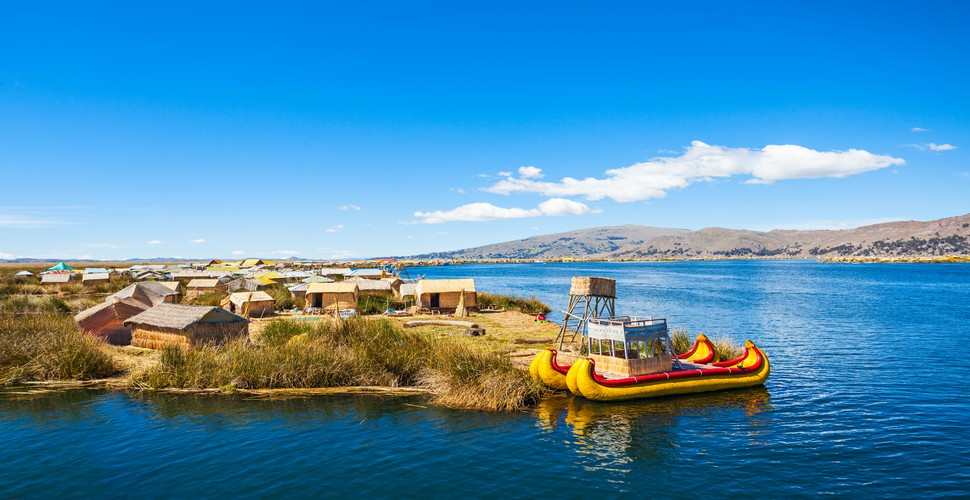
Floating Islands
When is the best time to visit Peru?
The best time to visit Peru is during the dry season, which typically runs from May to September. However, specific regions may have different optimal times. It's recommended to research the weather patterns for the specific areas you plan to visit.
What is the currency used in Peru, and can I use credit cards there?
The currency used in Peru is the Peruvian Sol (PEN). Credit cards are widely accepted in major cities and tourist areas, but it's always good to carry some cash for smaller establishments and remote areas.
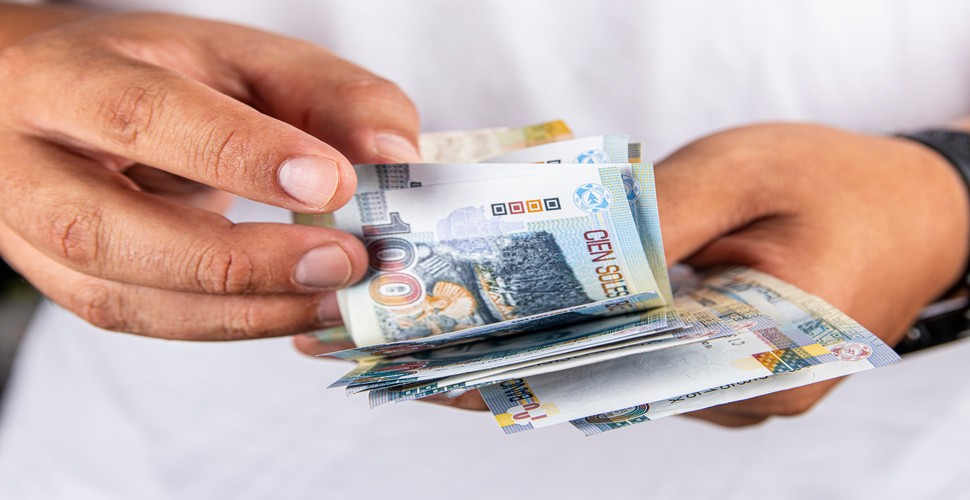
Nuevo Soles
Is it safe to travel to Peru?
Peru is generally considered safe for travelers, but it's important to take precautions and be aware of your surroundings. It's advisable to stay in well-populated and well-lit areas, avoid displaying valuables, and take care of your belongings. Researching the safety guidelines and current travel advisories is recommended.
Do I need a visa to enter Peru?
Many nationalities, including the United States, Canada, the European Union, Australia, and New Zealand, do not need a visa for tourist visits of up to 183 days. However, it's essential to check the visa requirements based on your nationality and the purpose of your visit before traveling. Immigration regulations can change, so consult the official Peruvian consulate or embassy for the most up-to-date information.

Passports and Peru
What are the main forms of transportation within Peru?
The main modes of transportation within Peru include domestic flights, buses, taxis, and trains. Buses are the most common and economical means of transportation for getting around different regions of Peru.
Are there any health and safety precautions I should take before traveling to Peru?
Before traveling to Peru, it's recommended to consult a healthcare professional regarding any necessary vaccinations or medications. It's also important to carry travel insurance, practice good hygiene, drink bottled water, and be cautious about food consumption to prevent any potential health issues. it also depends on the region of Peru that you will be visiting.
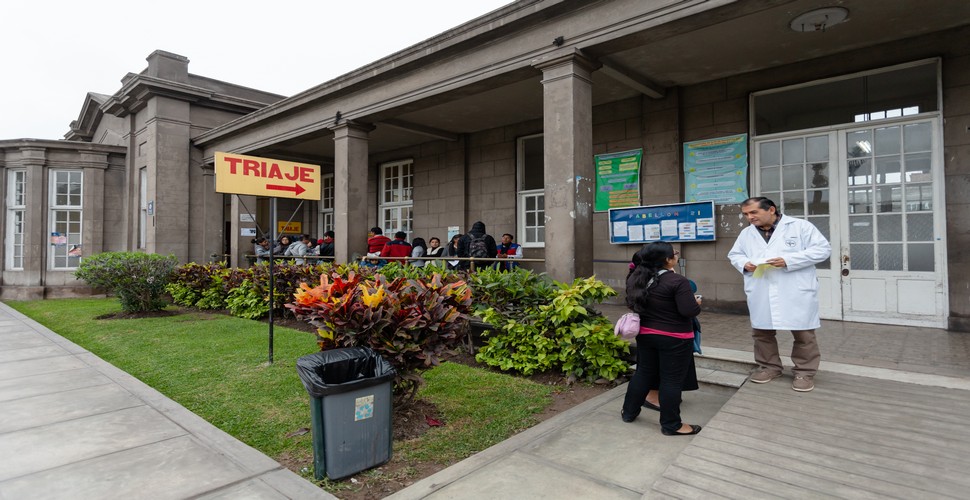
Hospital in Peru
What are the popular dishes and drinks to try in Peru?
Some popular Peruvian dishes to try include ceviche (marinated raw fish), lomo saltado (stir-fried beef), anticuchos (grilled skewered meat), and causa (potato dish). Additionally, you should try the national drink, Pisco Sour, the famous Inca Cola, and sample the diverse varieties of Peruvian cuisine. See more about what to eat in Peru here.
What are the top hiking trails in Peru, such as the Inca Trail and others?
The Inca Trail to Machu Picchu is one of the most famous hiking trails in Peru. Other popular hiking options include the Salkantay Trek, Choquequirao Trek, Ausangate Trek, and the Huayhuash Circuit. These trails offer breathtaking landscapes and the opportunity to explore Peru's natural beauty.
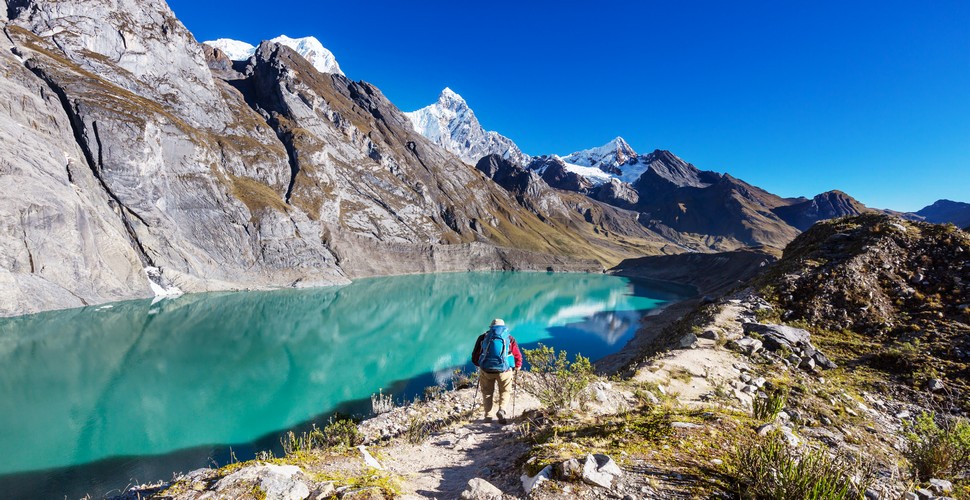
Huaywash Trek
How can I experience the Amazon rainforest in Peru?
To experience the Amazon rainforest in Peru, you can take a guided tour or cruise along the Amazon River. There are various lodges and eco-resorts in the Peruvian Amazon that offer immersive experiences, wildlife spotting, jungle walks, and visits to indigenous communities.
What are the regulations and guidelines for visiting Machu Picchu?
To visit Machu Picchu, it is recommended to book your entrance ticket in advance, as there is a daily visitor limit. You can choose to visit Machu Picchu on your own or with a guided tour. There are also options to hike the Inca Trail or take a train to the site. Please note that climbing Huayna Picchu or Machu Picchu Mountain requires a separate entrance ticket.
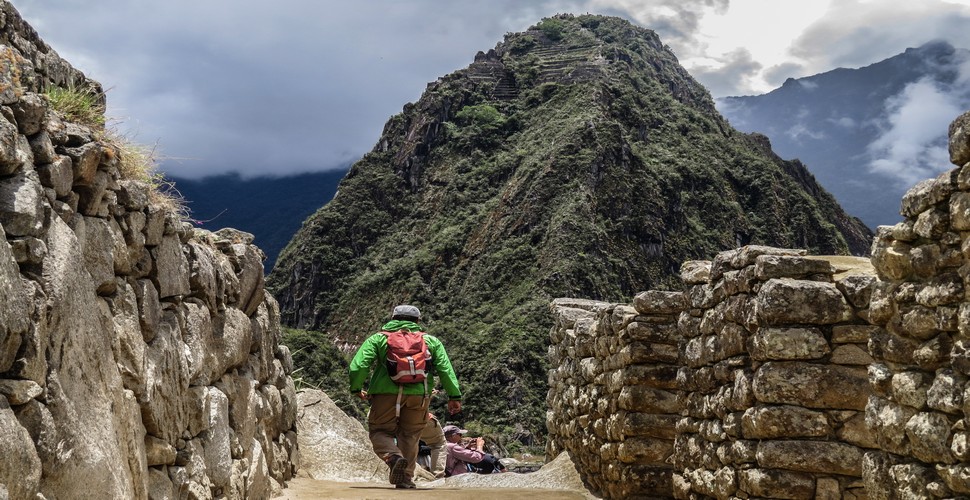
Machu Picchu
Are there any cultural etiquette or customs I should be aware of in Peru?
Peruvians value politeness and respect. It is customary to greet people with a handshake and maintain eye contact during conversations. It is polite to address people using their titles and last names unless invited to use their first names. Additionally, it is appreciated to ask for permission before taking photos of locals or their properties.
Can I drink tap water in Peru?
It is generally not recommended to drink tap water in Peru. It is safer to drink bottled or boiled water to avoid the risk of waterborne illnesses. You can also use water purification tablets or carry a water filter during your travels.

Water Filter
What are the recommended vaccinations for traveling to Peru?
The recommended vaccinations for travel to Peru may vary based on factors such as your current health status and the areas you plan to visit. However, it is generally advised to be up to date on routine vaccinations and consider additional vaccinations for diseases like Hepatitis A and B, typhoid, yellow fever, and rabies. Consult with a healthcare professional or travel clinic for personalized advice.
What is altitude sickness and how can I prevent it while visiting Peru?
Altitude sickness, also known as acute mountain sickness (AMS), can occur when traveling to high-altitude destinations like Cusco or the Andean regions of Peru. Symptoms may include headache, nausea, dizziness, and shortness of breath. To prevent altitude sickness, it is recommended to acclimatize gradually by spending a few days in a lower-altitude city like Cusco before heading to higher areas. Stay hydrated, avoid alcohol and strenuous activities initially, and consider medication such as acetazolamide (under medical advice) to alleviate symptoms.
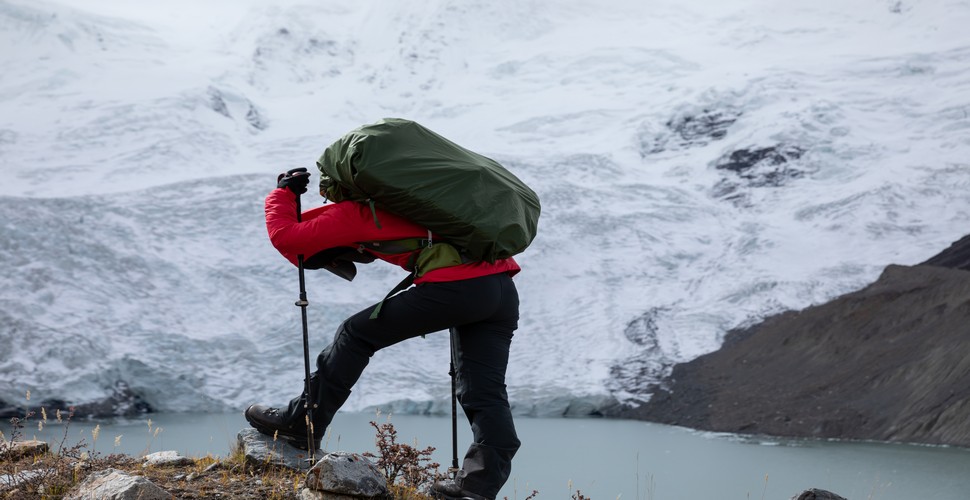
Altitude Sickness
Are there any festivals or events that I should plan my trip around?
Peru is known for its vibrant festivals and cultural events. Inti Raymi, held in Cusco in late June, is a spectacular Inca festival celebrating the winter solstice. The Peruvian Independence Day on July 28th and 29th is celebrated with parades, fireworks, and cultural events throughout the country. The Qoyllur Rit'i pilgrimage near Cusco in May/June and the Virgen de la Candelaria festival in Puno in February are also popular events.
What are the popular souvenirs to buy in Peru?
Popular souvenirs from Peru include alpaca wool products such as sweaters, scarves, and blankets. Handcrafted pottery, silver jewelry, textiles, and colorful woven items like rugs and tapestries are also sought after. Additionally, Peruvian coffee, chocolate, and Pisco (local brandy) make for great culinary souvenirs.
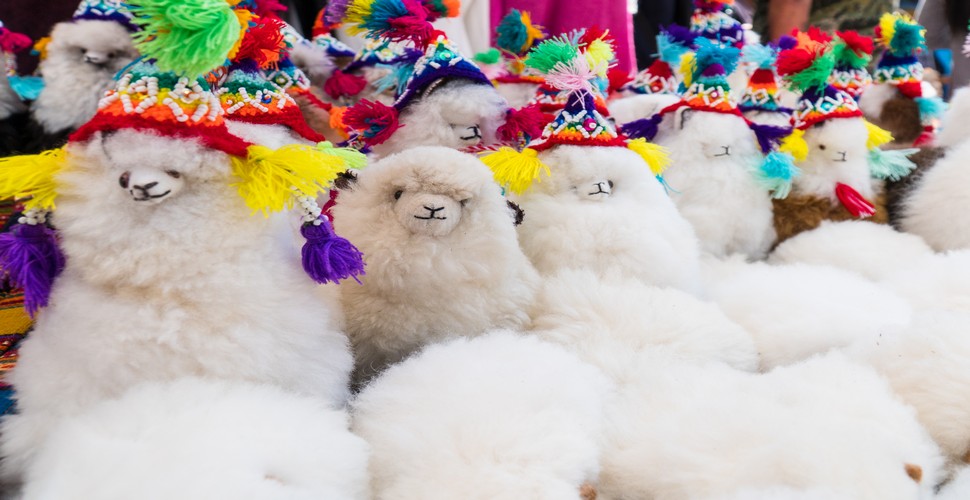
Fluffy Llamas
Are there any restrictions on bringing certain items or souvenirs back from Peru?
It is important to be aware of any restrictions on bringing certain items from Peru. For instance, there may be limitations or regulations on the export of archaeological artifacts, animal products, certain plants, and wildlife. Familiarize yourself with the customs regulations of your home country and Peru to ensure a smooth return journey.
How easy is it to communicate in English in Peru?
While Spanish is the official language of Peru, English is commonly spoken in tourist areas, hotels, and some restaurants. However, proficiency in English may vary among individuals. Learning a few basic Spanish phrases can be helpful for smoother interactions, especially in non-touristy areas.
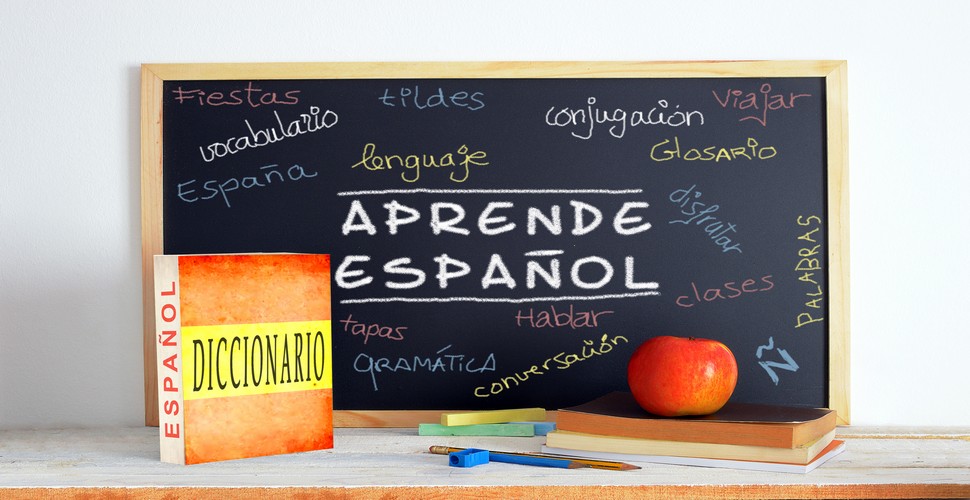
Spanish Classes
Are there any specific dress codes in Peru?
When visiting religious sites in Peru, such as churches and cathedrals, it is respectful to dress modestly. Avoid wearing revealing clothing and opt for clothing that covers your shoulders and knees. Carrying a shawl or scarf to cover exposed areas can be useful in case you need to adhere to dress code requirements.
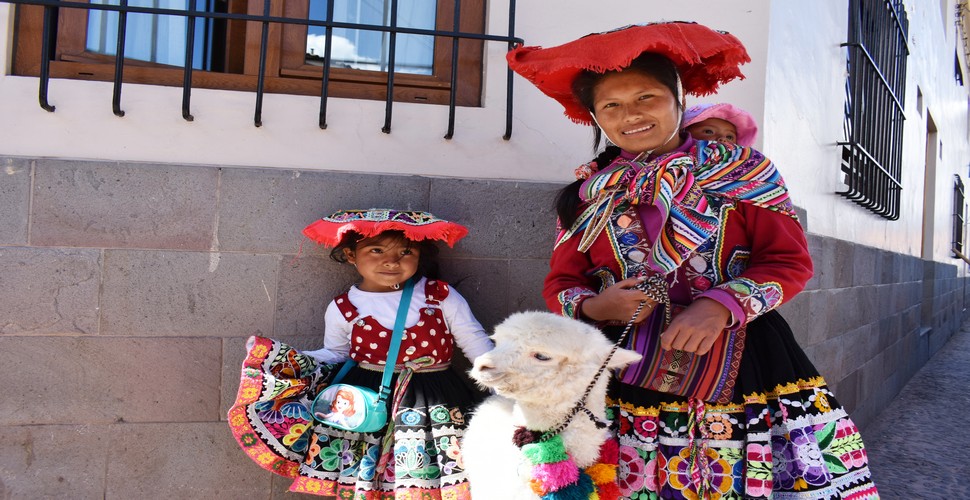
Traditional Dress
If you have any further questions about Peru that do not appear here, contact us here and we will be happy to respond!






